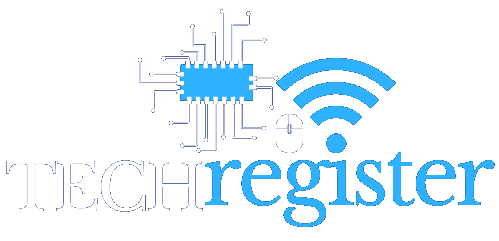
A workstation is an important tool for businesses of every kind, be it engineering, media, manufacturing, or designing. And no matter which field you are in, you will need to get the most work done in the minimum possible time. All of this can be possible if you choose the right workstation considering your needs.
From the type of processor that you need to the amount of storage that you want, there are a lot of factors that go into choosing the perfect workstation. We’ll help you narrow down your options and make the best decision for your needs.
So, if you’re in the market for a new workstation, read on for everything that you need to know!
1. Consider Your Use
Your workstation is your office away from the office. It needs to suit your needs in order to help you be as productive as possible. For example, what you need for professional work will be different than what you need for gaming or for general use.
For work, you’ll need a workstation that is powerful enough to handle all of your work tasks, including any graphics-intensive tasks. For gaming, you’ll need a workstation that can handle all of the latest games at high graphics and sound settings to power up your gaming experience.
On the other hand, for more general use, you can opt for a workstation that can handle your everyday tasks, including browsing the web, watching videos, working with documents, and more.
2. Consider Your Budget
Your budget for a workstation will be determined by a lot of factors. These include your needs, your business size, your daily work, and whether you want a custom-built workstation. If you want a lower-tier workstation that can handle general tasks, you can easily find it between $250 to $1000.
On the other hand, if you want a workstation powerful enough for graphics rendering and video editing, it will cost you somewhere between $1000 to $2000. There’s also an option to buy a custom engineered workstation if your needs are specific to a certain field of work and you have a solid budget.
Custom-built workstations are best for people who need to work in 3D rendering, engineering fields, and video or image editing. However, it all narrows down to defining your budget based on your needs and then researching the market for different options available.
3. Choose the Type of Storage You Need
PC storage has evolved so much in recent years, and there are multiple options when it comes to selecting the right type of storage. You’ll need to decide if you want a traditional hard drive, a solid-state drive, or a hybrid drive. Each has its own advantages and disadvantages, so it’s important to choose the one that’s right for your needs.
Hard drives are the most common type of storage and are generally the most affordable. However, they’re also the slowest, so they might not be ideal if you’re looking for a workstation that can handle demanding tasks. Solid-state drives are much faster than hard drives but are also more expensive.
However, it is best to opt for a maximum of 250GB drive when it comes to the amount of storage. The reason is that in recent years, data and computer programs have been moving to the cloud, which ultimately leads to small requirements for physical storage.
4. Decide on the Processor
The processor is the heart of the workstation, and it’s what will determine how well it performs. You should keep a few things in mind when choosing a processor for your workstation. One is the speed of the processor, and the other is the number of cores a processor has.
Also, there are multiple brands out there, like AMD and Intel, that provide different cores of processors. The more cores a processor has, the more efficient it is in terms of speed and program processing. So, if you are buying a workstation for a more difficult job that needs handling multiple processes at a time, it’s good to opt for a workstation with a processor that has more cores.
5. See if You Need a Dedicated Graphic Card
Whether you ask or not, every workstation will come with a basic graphic card to perform basic tasks. However, if you need to use your PC for a task that includes running the latest software, games, and high-quality videos, you will need to have a dedicated graphics card.
A dedicated graphic card will allow you to run high-quality graphic simulations and games. It will also allow you to connect to multiple monitors to enjoy the view in a more detailed environment. Not all workstations are created equal.
So, if you need a high-quality, heavy-duty workstation, make sure you opt for a dedicated graphics card that can give you the power and performance boost your PC needs.








